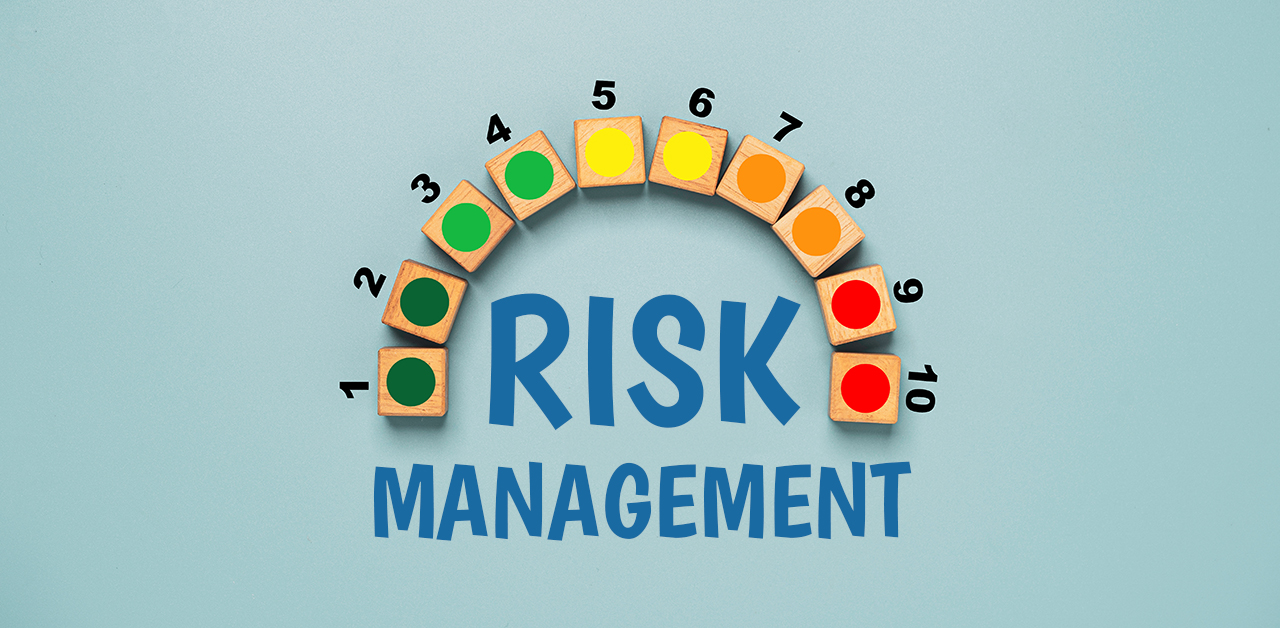
As the business climate shifts toward normalizing sustainability and placing pressure on large corporations to practice good environmental stewardship, it makes sense for companies to work with a reputable R2 Responsible Electronics Recycler when it’s time to dispose of older equipment. Considering how many electronics manufacturers there are worldwide, and the staggering rates at which American consumers alone dispose of their personal devices – numbers totaling in the hundreds of millions – the push for more vendors to become certified as an R2 Recycler and for businesses to pass along used electronics to an R2 Responsible Electronics Recycler is more important than ever.
An R2 Recycler is overseen by a non-profit organization called SERI; all audits for conformance to SERI’s R2 standards are performed by an ANAB accredited certified body. Facilities that handle and process used electronics are required to reuse or recycle their parts and R2 Responsible Electronics Recyclers, like OceanTech maintain a strict no-landfill policy. R2 guidelines call for compliance in environmental safety, measures to protect workers and communities from exposure to pollutants or toxins, regulations for handling R2 specified Focus Materials, (mercury, batteries, inks and toners, and PCB’s) as well as standard for facility security and data destruction to ensure no sensitive information falls into the wrong hands during the process of logically or physically destroying data or data containing devices.
When an R2 Recycler is audited, the inspector ensures each standard is being met, and corrective actions or penalties are taken when deviations occur. Some large corporations are registered as R2 leaders, meaning they are bound to exclusively use the services of an R2 Responsible Electronics Recycler when replacing computers and other electronic equipment. The benefits of employing an R2 certified vendor for such a task stack up for big companies, but chief among them is the PR element. It’s simply good business to be environmentally sound and conscientious of worker safety, particularly during the time when big corporate offenders are being profiled more than ever before.


